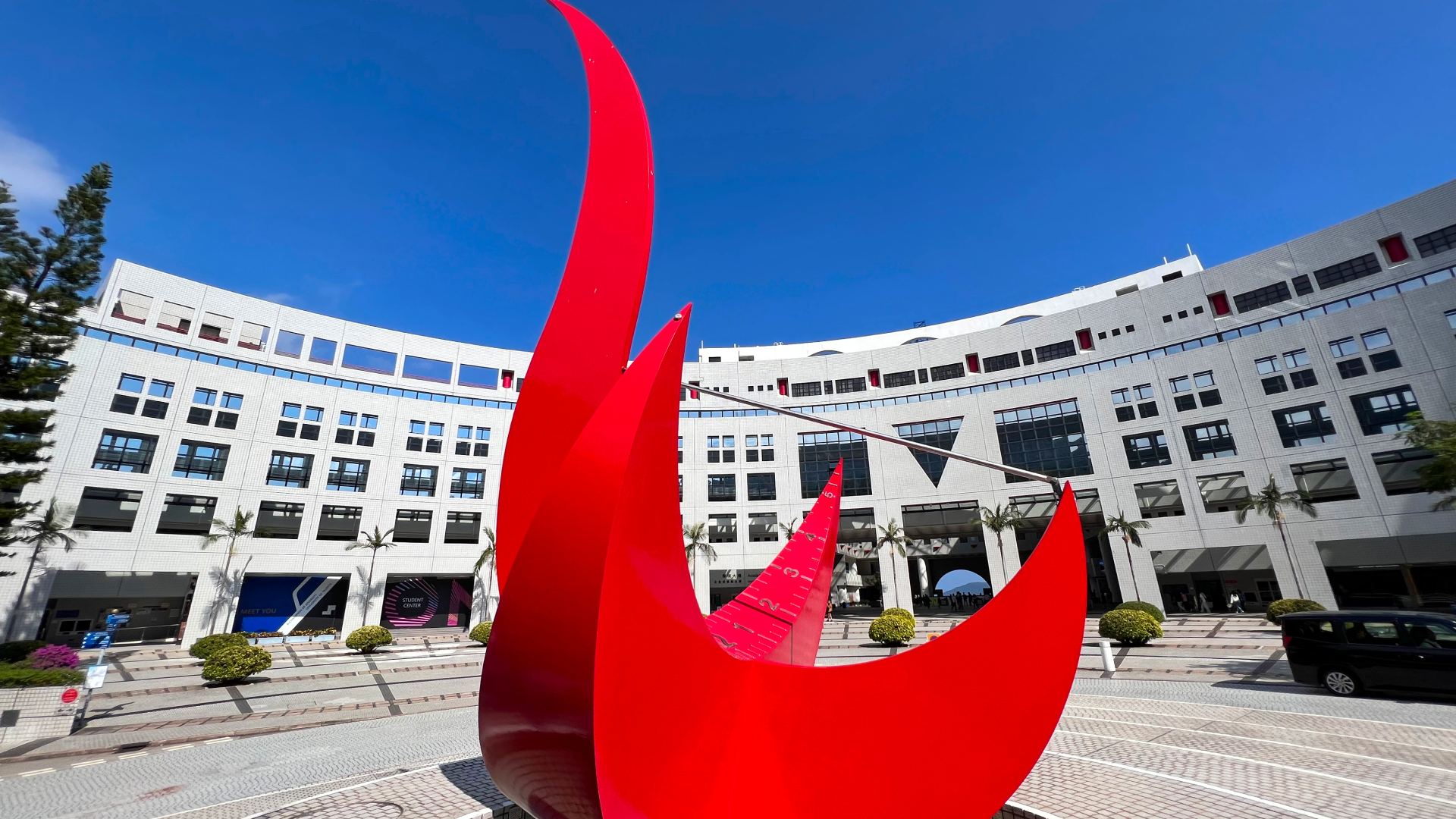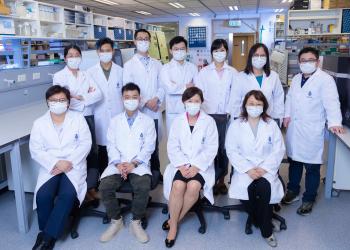News & Stories
2023
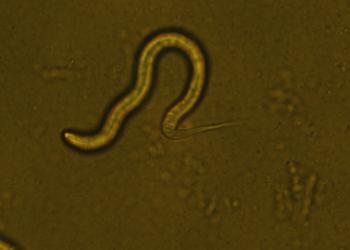
News
Scientists reveal the molecular mechanism of Microprocessor in Caenorhabditis elegans
The study of microRNAs (miRNAs), small RNAs that play important roles in gene regulation in animals and humans alike, have long been a topic of interest to many. How these miRNAs control and regulate gene expression, a subject of great importance in biology and medicine, is often believed to hold the keys to providing effective cures, or strategies, to different phenomenon and symptoms, such as cancer, a result of cell mutations.
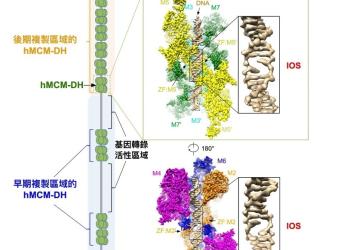
News
Joint study reveals how DNA unzipping machine works, shedding lights on cancer therapy
Scientists from The Hong Kong University of Science and Technology (HKUST), The University of Hong Kong (HKU) and Institut Curie, France have jointly uncovered a new mechanism of the human MCM2-7 complex in regulating replication initiation, which can be used as a novel and effective anticancer strategy with the potential for selective killing of cancer cells. The findings were recently published in the Cell journal (link to publication).
2022
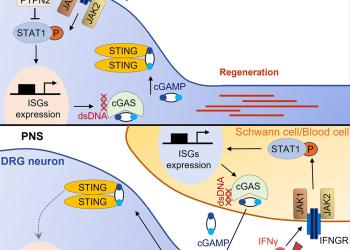
News
Study Reveals the Intrinsic Immune Mechanism that Boosts Axon Regeneration in the Adult Nervous System
Damages to the central nervous system (CNS), for example in the case of spinal cord injury, can result in permanent loss of sensory and motor function. It is because the severed axons are unable to regenerate. As of today, there are very limited options to help these patients regain their motor abilities. Scientists have been exploring ways to enable the regeneration of severed axons, with a view to developing viable treatments in the long term.

News
President Xi Visits HKUST’s Hong Kong Center for Neurodegenerative Diseases
President XI Jinping made an official visit to the Hong Kong Center for Neurodegenerative Diseases (HKCeND) at the Hong Kong Science and Technology Park yesterday in the company of officials from the Central Government and the HKSAR Government. Prof. Nancy IP, Director of HKCeND and The Morningside Professor of Life Science at The Hong Kong University of Science and Technology (HKUST), introduced President Xi to the key research projects and outcomes of the Center, including a simple blood test for early detection and classification of Alzheimer’s disease (AD) and related stem cell research.
News
HKUST Pushes Forward Research on Early Diagnostics and Gene Therapy for Neurodegenerative Diseases
Researchers at the Hong Kong Center for Neurodegenerative Diseases (HKCeND), founded by The Hong Kong University of Science and Technology (HKUST), have made promising breakthroughs in early diagnosis and therapeutic treatment of Alzheimer’s disease (AD) that have the potential to transform disease management. The team has established advanced biomarker discovery platforms, identified new blood-based biomarkers, and created an innovative artificial intelligence-based scoring system that enables risk prediction, early detection, and classification of AD. Furthermore, the team has successfully developed a gene therapy strategy as a novel therapeutic treatment for AD.
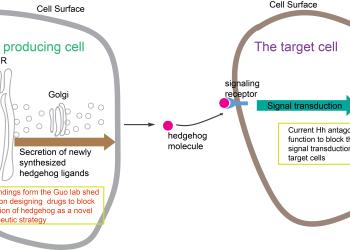
News
HKUST-led research reveals a novel molecular mechanism that regulates secretion of sonic hedgehog, shedding light on cancer treatments
A research led by Hong Kong University of Science and Technology (HKUST) has revealed a novel mechanism that regulates secretion of sonic hedgehog (Shh), a key signaling molecular that plays an important role in cancer progression, in mammals, opening the door to novel therapeutic strategies for cancer induced by the hedgehog signaling pathway.
The hedgehog (Hh) signaling pathway is instrumental in regulating embryonic patterning and facilitating the development of the central nervous system and organs of the human body. Such a pathway transmitting information between cells is initiated by the Hh ligands, which are first secreted from the producing cells and then bound with specific receptors on target cells to induce Hh signaling (Fig. 1).
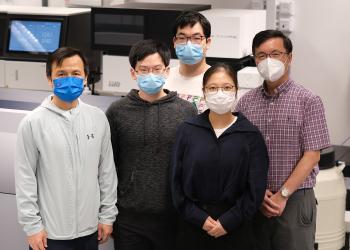
News
HKUST researchers develop long-term in vivo imaging technique to better understand and treat spinal cord injury
A research team led by scientists from the Hong Kong University of Science and Technology (HKUST) has developed an innovative technology for in vivo imaging of the important biological processes involved in the injury and repair of spinal cords, paving the way for a better understanding of the pathology and potential treatment of spinal cord injury (SCI).
A tight bundle of neural cells (neurons and glia) and nerve pathways (axons), the spinal cord serves as a primary information highway between the brain and the peripheral nerves in the rest of our body. Damage to the spinal cord is a devastating and largely irreversible neurological trauma, and can result in lifelong disability and paralysis with no available cure.

